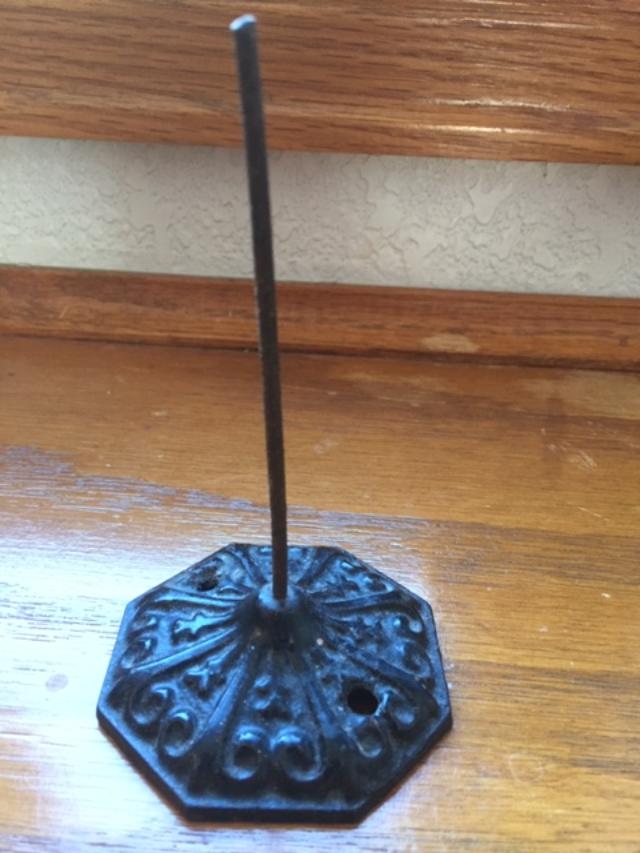Searchers have been hunting for treasure on Oak Island for more than 200 years. Oak Island is an island off the south shore of Nova Scotia, Canada.
On the “Curse of Oak Island” episode that aired Tuesday, December 18, the team found out the cross artifact is from before the 15th Century. Members of the team found the lead cross in Smith’s Cove in 2017.
After the crosses discovery, the team more information through a laser ablation test, The laser ablation test is when an artifact is eradiated with a laser beam.
On Tuesday’s episode, a German chemist, named Tobias Skowronek, from the German Mining Museum, performed a test on the lead cross. Skowroneck revealed he could determine region or data from a single quarry depending on the data. He also said when you know the quarry then you can say when it was mined.
Skowroneck told the treasure hunters he would compare the lead isotope data to his database of metals. He determined the metal from the cross is not from North America but from European deposits. He thought the cross is from pre-15th Century. Miners got the metal from European deposits more than 600 years ago.
The lead is from the South of France and the deposits are too small to be exploited on an industrial scale.
Team leader Marty Lagina said the team has scientific evidence to support an ancient landing on Oak Island.
Metal detectorist Gary Drayton said the lead cross is a historic find in North America and they haven’t finished in Smith’s Cove.
In the early 1970s treasure hunter Dan Blakenship, who has spent 50 years researching the Oak Island mystery, discovered a 65-foot structure in Smith’s Cove. Unfortunately, a storm compromised the area.
Also on the episode, the team checked on the progress of the cofferdam. Workers from Irving Equipment Unlimited are building a cofferdam in Smith’s Cove. The plan is to drain it to excavate down to 10 feet. Another reason the team is building the cofferdam is to try to find and shut off box drains that flood the money pit.
Next, the team explored for an underground void in an area known as the Megabin. There’s also believed to be a centuries-old latrine found here. An oil exploration company conducted seismic scanning and discovered the void. Seismic scanning uses dynamite explosions that create sound waves used to measure underground.
Seismic scanning experts believed there was a 175 foot void or chamber 50 feet below the surface. After the team drilled down they had core samples of what looked like sandy stream material. They determined the hard clay and soft sand could have created the anomaly.
The team held a video conference with the Author of The Secret Dossier of “The Knights Templar of the Sangreal” Gretchen Cornwall and John Temple, a descendant of the Templars and a modern day order of the Knights Templar. Cornwall and Temple proposed an interesting theory.
They said from 1307-1312 the Templars were outlawed and took to the seas. They returned to Nova Scotia and some became pirates.
The pirates were inspired by the beheading of Christian Saint John the Baptist to create the skull and crossbones design on a pirate flag, called the Jolly Roger, a pirate symbol.
Cornwall and Temple believe the money pit is Templar and Oak Island is a safe and secure place. They said the Templars were great engineers. They believed the Templars left a stone marking now known as Nolan’s Cross.
Nolan’s Cross consists of boulders and a center stone in the shape of a cross. The center stone is a skull Cornwall and Temple thought was inspired by John the Baptist. Cornwall and Temple thought the Templars were on Oak Island and created the megalithic boulder in the 1400s.
Cornwall and Temple revealed the key to the money pit is 90 feet. They said 868 is the length of the cross. 10% derived from the Templar idea of tithing or giving would be 86.7 or 90 feet. Cornwall and Temple believed treasure hunters have to dig 36 feet to the side of the money pit. The team explained to Cornwall and Temple they don’t know exactly where the Money Pit is located. So, they couldn’t use the calculations on the money pit until they find it.
John Temple said the treasure could be more significant than anyone can imagine.
What do you think of the pre-15th Century Cross created with European lead and the theory
proposed by author Grechen Cornwall and Templar John Temple?

